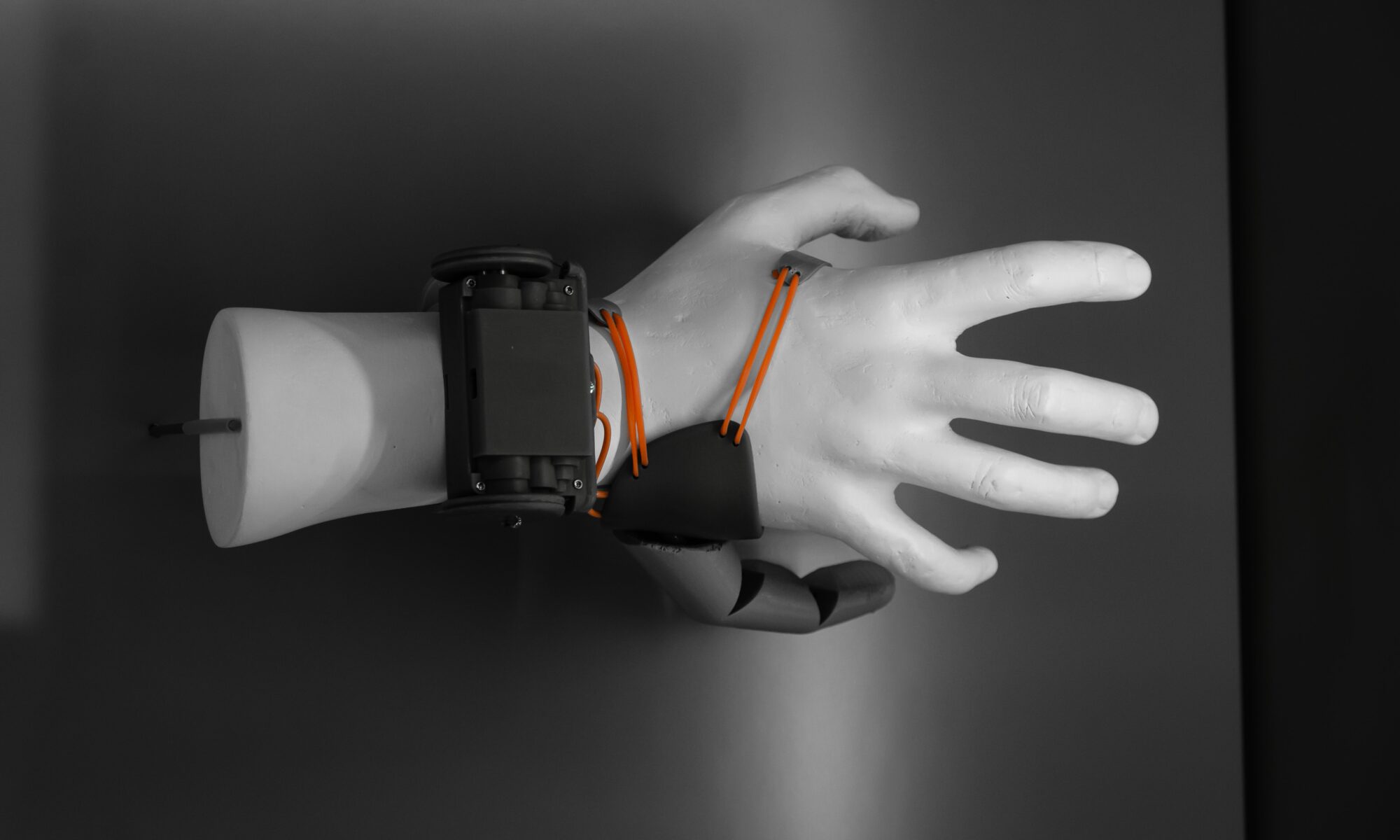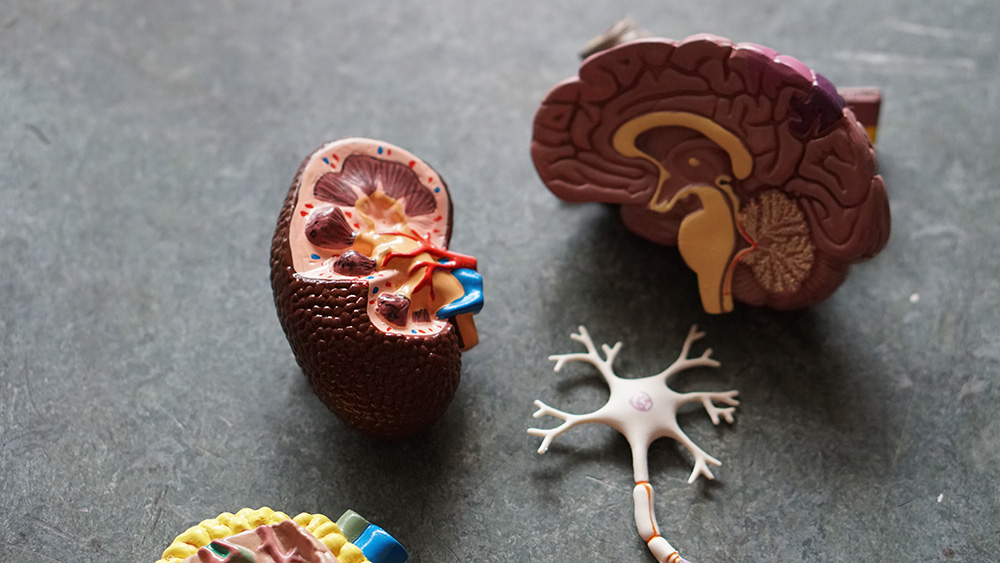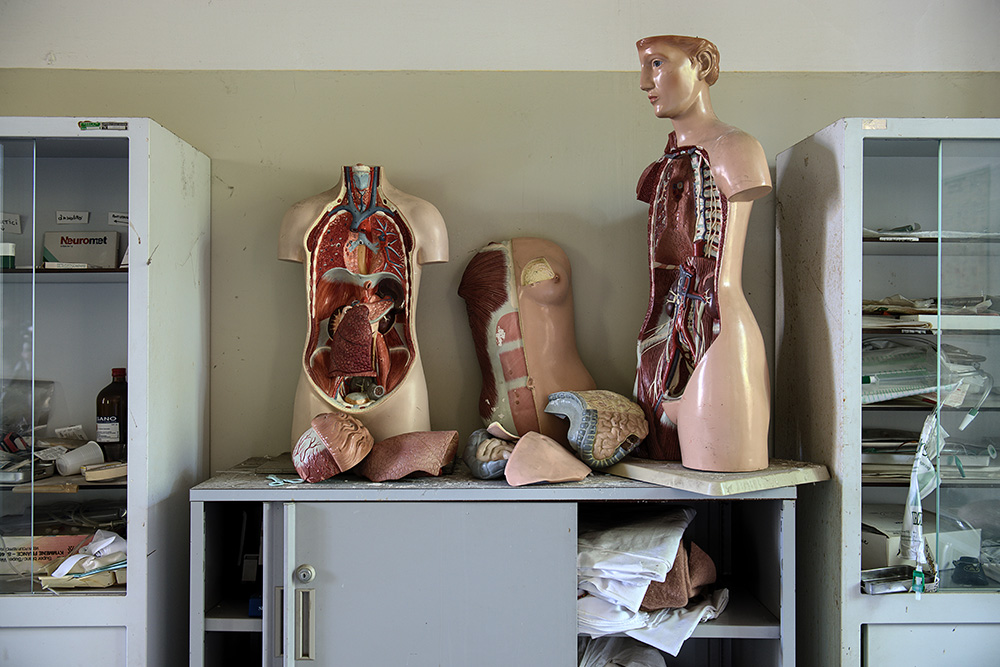In November 2021, “Mensch. Maschine. Kommunikation” (eds. Sarah Brommer and Christa Dürscheid) was published by Narr. The two editors introduce the topic in “Mensch-Mensch- und Mensch-Maschine-Kommunikation”. In the “Mensch-Mensch-Kommunikation via Maschine” part, the contributions come from Linda Bosshart (“WhatsApp, iMessage und E-Mail”), Roberto Tanchis and Leonie Walder (“Animojis”), Mia Jenni (“Die weinende, virtuelle Influencerin”), and Florina Zülli (“‘Neuer Partner’ in den Warenkorb hinzufügen?”). The part “Mensch-Maschine-Kommunikation I: Kommunikation mit Robotern” is represented by Ilona Straub (“Die Mensch-Roboter-Interaktion”), Jana Seebass (“Roboter als Partnerersatz”), Rahel Staubli (“Vertrauen in Lio und Co.”), and Andrea Knoepfli (“Mit welchen Strategien erzeugen Pflegeroboter Vertrauen?”). The part “Mensch-Maschine-Kommunikation II: Kommunikation mit Assistenzsystemen” is the work of Julia Degelo (“Der wütende Mann, die höfliche Frau – und die Frage nach dem Dazwischen”) and Ann Fuchs and Zora Naef (“Smart Homes im öffentlichen Diskurs”). The book (part “Exkurs: Mensch. Maschine. Menschmaschine”) is concluded by Oliver Bendel with his contribution “Chips, Devices, and Machines within Humans”. He discusses “Bodyhacking as Movement, Enhancement, and Adaptation”. The publication can be downloaded for free here.
Chips, Devices, and Machines within Humans
In September 2021, the book “Mensch. Maschine. Kommunikation.” will be published. It is edited by Sarah Brommer and Christa Dürscheid. One chapter (by Oliver Bendel) is in English and is entitled “Chips, Devices, and Machines within Humans: Bodyhacking as Movement, Enhancement, and Adaptation”. From the abstract: “This contribution about bodyhacking as movement, enhancement, and adaptation has three purposes. First, it aims to clarify terms in this field or to draw attention to the fact that they are used differently. Second, it wants to shed light on and explore a phenomenon that has a history but is also making history at the moment. Third, it wants to bring possible fields of application into play which remain unexplored, or which lie in the future. Literature analysis and own considerations and conclusions are used. The article first defines and distinguishes ‘biohacking’, ‘bodyhacking’, ‘human enhancement’, ‘animal enhancement’, ‘cyborg’, and ‘transhumanism’. It then addresses selected examples of bodyhacking. The author lists typical and known applications, ordered by their different objectives. He discusses actual and potential developments, for example as a response to potential crises and disasters (including pandemics) and in the context of satellites and foreign planets. On this basis, a brief philosophical discourse takes place leading to a summary and outlook. It turns out that bodyhacking brings opportunities with it, especially for the self-determined person, who takes his or her own body as a starting point and deals responsibly with the potentials. In this way, it can break with outdated conventions and create a new view of the body and its relationship with the environment. Moreover, it promises solutions to present and future problems. Of course, it also harbours moral and health risks.” The book is available for pre-order now. More information via www.narr.de/mensch-maschine-kommunikation-18471-1/.
Simple Brain Waves in Organoids
Clusters of brain cells, so-called brain organoids, have been bred in the biologist’s lab at the University of California, San Diego. According to the New York Times, the scientists altered human skin cells into stem cells, then “coaxed them to develop as brain cells do in an embryo”. “The organoids grew into balls about the size of a pinhead, each containing hundreds of thousands of cells in a variety of types, each type producing the same chemicals and electrical signals as those cells do in our own brains.” (NYT, 29 August 2019) The progression was stimulated by various means. A few days ago, the scientists reported that they have recorded simple brain waves in these organoids. “In mature human brains, such waves are produced by widespread networks of neurons firing in synchrony. Particular wave patterns are linked to particular forms of brain activity, like retrieving memories and dreaming.” (NYT, 29 August 2019) Someday it may be possible to use brain organoids to develop inverted or reversed cyborgs. Another method could be to take an adult brain from a deceased creature. There is no doubt that many interesting philosophical questions arise in this context, such as the boundaries between humans and machines and the rights of such cyborgs.
The Reversed Cyborg
Chimeras in the biological and medical sense are organisms that consist of cells or tissues of different individuals and yet form closed and viable (not necessarily reproductive) organisms. They can be located within a species or between species and can be both plants and animals. There are natural (blood chimeras in mammals) and artificial mixed organisms (grafting in plants, animal-human embryos). Cyborgs are not chimeras in this sense. Nevertheless, research in this field might also be relevant for them, in particular for inverted or reversed cyborgs, for example robots in which an animal or human brain or organ is implanted. Animal-human chimeras for the production of human organs are regarded as unproblematic by many ethicists. According to a comment by Oliver Bendel, this is astonishing, since findings from animal ethics and veterinary medicine and in particular suffering and death of non-human living beings are ignored.



